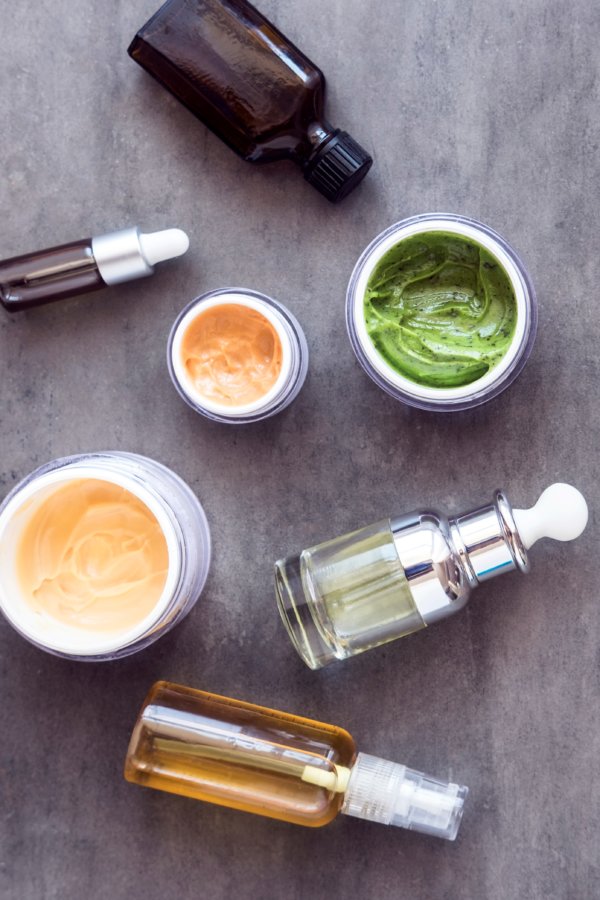
3 Ways a New Season Impacts Your Behaviour

Transitioning into a new season can ignite productivity and spark motivation. However, transitioning seasons can also have a negative impact on our mood, concentration levels and sleeping patterns.
‘It is scientifically proven that the colder months can cause a major shift in mood’, says behavioural specialist Daniel Wakefield at the health and wellbeing brand Last verdict. ‘I have several clients that report low levels of concentration, an increase in appetite and an outbreak of skin conditions when transitioning into Autumn. However, the most common concern is an onset of disruptive sleep patterns and deprivation.’
Here, we worked with Daniel, who presents how the cooler months can impact our skin, appetite, concentration and mood as well as some actionable tips on how to remedy each change.
Less than 10% of the UK work outside
‘Seasonal Affective Disorder is a thread of depression that aligns with seasonal changes. The science behind SAD is not fully known however, experts believe that limited sunlight throughout the winter months plays an instrumental role in the condition.’ Says David. As less than 10% of the UK work outside, many travel to work in darkness and return in the same way. Consequently, they are exposed to no natural light for several weeks.
‘Limited light impacts the body’s production of the hormone serotonin. Serotonin is a neurotransmitter, sending messages to the nerve cells and working to ease muscles whilst serving the body’s overall wellbeing.’ Serotonin balances a person’s mood, and many believe that a fall in serotonin can lead to depression.

To prevent and even cure SAD many turn to light therapy. SAD lights work to replicate the sun as they are made up of several colours and only appear to be white to the naked eye. It is vital that you purchase such products from a registered manufacturer with proven research behind its workings.
Transitioning seasons call for a change in skincare

As we step into Autumn, the humidity drops and there is less moisture in the air. In turn, the skin becomes dry, flaky and even itchy. Those who suffer with skin conditions such as Rosacea can experience a rise in the condition as well as those with Psoriasis.
‘Many are loyal to their current skincare routine and rarely stray away from it. However, in order to maintain healthy skin and avoid a flare in skin conditions, it is important that are skincare evolves with the seasons.’ Daniel tells us. ‘People often assume that cooler seasons require thicker moisturisers that are applied often. This is a bit of a myth as it can over stimulate the skin and even cause breakouts. Instead of reaching for moisturisers that are thicker in consistency, invest in products that include ingredients that align with your skins needs.’
If your skin reacts to colder weather in an aggressive manner with redness, dryness and flaking the go to products that are high in Hyaluronic Acid. Hyaluronic Acid relieves dry skin as it holds 1000 times its weight in water. The ingredient works to lock in the skins moisture and is an essential throughout the colder months.
An Increase in Appetite

‘Many people eat more when the temperature falls and experience sugar cravings. There are various reasons for this, some relating back to our biological make up. As the nights draw in and darkness falls earlier, a human’s instinct is to find food and eat it faster before dark’.
‘The winter months see us use more energy as the body fights to say warm. A great example of this is when we shiver. Shivering causes the body to bur more calories and we therefore must refuel’. Daniel explains.
An increase of appetite can occur as we transition seasons as we are seeking comfort in our surroundings. As we often become uncomfortable in the winter as we are cold, our skin is dry and we lose light, we often reach for foods that spark happy childhood memories and bring us joy.












































